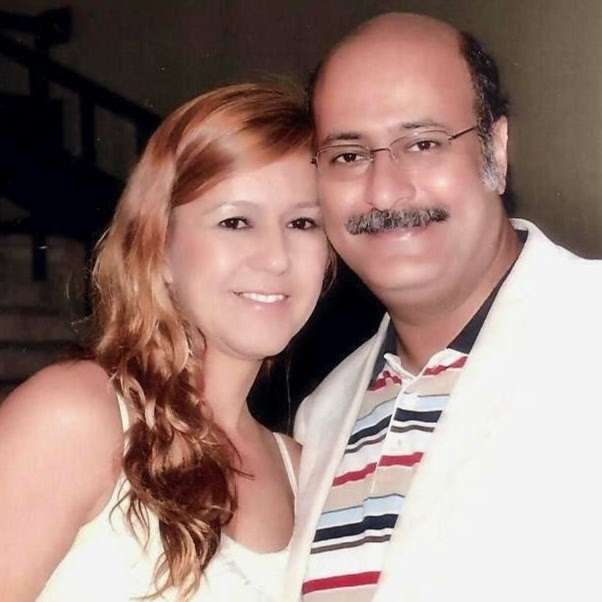by Sherif Awad
Films are becoming widely accessible to the public who, in some cases, don’t even have to leave their homes.
These streaming platforms are on average cheaper monthly than the price of one ticket at the movie theater, which means audiences are paying less for one full month of a particular streaming service than going to the theater and buying one single ticket not to mention the food.
Audiences seem to love the ability to stream a new release from the comfort of their own home on more than one device; it still seems rather strange that one can lay in bed and watch a Christopher Nolan film on their iPhone.
Acclaimed directors, on the other hand, have their own insight into how their films should be viewed, or how cinema should be experienced in general.
He showed his appreciation for traditional movies through his storytelling and narrative structure, while his film The Hateful Eight emphasized his love for old-time cinema through technical application.
It’s no question that Tarantino shows his love of movies through his art, but what does he think of this new wave of film distribution? In an interview discussing his thoughts about Netflix, Tarantino likens his feelings to nostalgia.
Nowadays, the options are endless, and we are not so connected to the films we watch because they often become more-or-less background noise.
Tarantino wants his audiences invested in his films.
His films rely on that symbiotic relationship to allow the viewer to feel the beats of his story.
The broad scale of his films can truly be appreciated best on the largest screen possible, so viewing The Hateful Eight on a cell phone or a laptop is not going to do it justice.
Martin Scorsese made some controversial statements during his press run for his film The Irishman.
He has always presented himself as a traditionalist director by primarily shooting on film and making huge-scale modern epics.
There’s no doubt that seeing a film with an audience is really, really important.
His viewpoint is valid in that the communal experience from watching a Marvel film is vastly different from that of a drama.
This could elicit a tremendous problem for filmmakers who fight to have their films shown on the big screen.
Martin Scorsese’s film The Irishman was made more accessible through Netflix as per their stipulations of the incredibly large budget- a limited theatrical release, followed by worldwide streaming.
For a nearly four-hour film, the general audience chose the latter for their viewing experience.
A man of powerful words when it comes to filmmaking, David Lynch has released some of the most thought-provoking films of his own in cinema history.
Now, if you’re playing the movie on a telephone, you will never in a trillion years experience the film.
The experience of watching a film on a smartphone is by no means the same as a theater viewing.
Film is an art form, and it should be taken seriously and be preserved in the form it was meant to be seen in, or at least that’s the news from the people actually making them for us to see.

